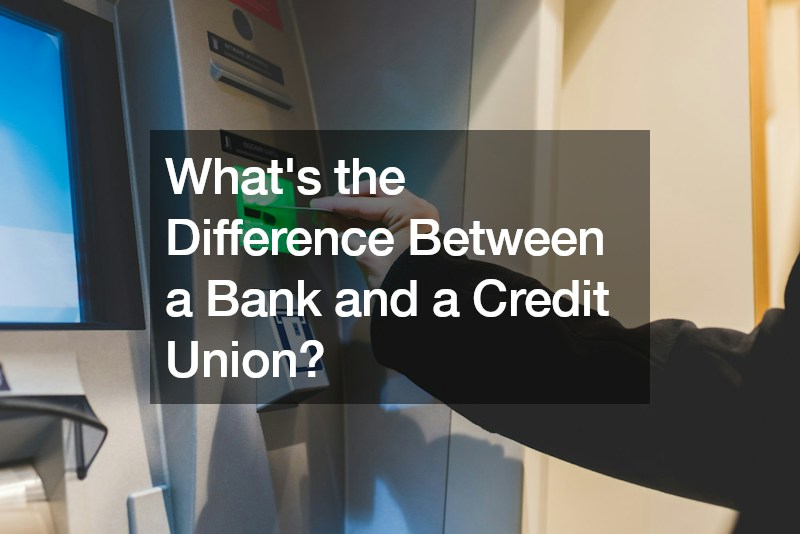When considering financial institutions, the primary difference between banks and credit unions is their ownership structure. Banks are typically for-profit entities owned by shareholders, aiming to maximize profits for their investors. On the contrary, credit unions are not-for-profit cooperatives owned by their members, focusing on providing services to benefit their community of account holders.
Regarding services, banks and credit unions offer similar products, such as savings accounts, loans, and checking accounts. However, credit unions often stand out by offering competitive interest rates on loans and higher returns on savings due to their not-for-profit status and member-focused approach.
This emphasis on member service can translate into a more personalized banking experience at credit unions.
Credit union data processing and lending systems are another key difference. Credit unions often employ more streamlined and community-oriented approaches to data processing, ensuring a personal touch in member interactions. Their lending systems may prioritize relationship-based lending, considering a member’s history and needs rather than relying solely on credit scores. This can lead to more flexible lending terms and a greater willingness to work with members facing challenges.
In summary, while both banks and credit unions provide essential financial services, the distinction lies in their ownership structure, approach to profitability, and emphasis on community-oriented services, including unique credit union data processing services and credit union lending systems designed to benefit their members.
.


